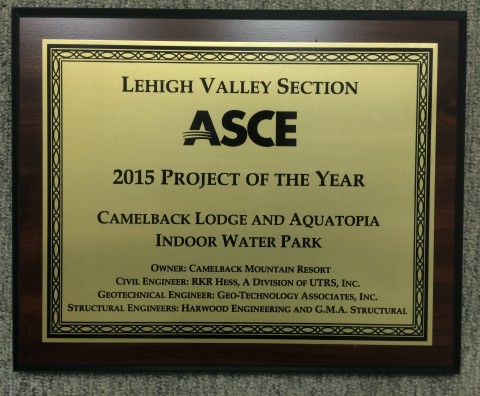
A new Pennsylvania Senate bill introduced in June would allow Marcellus Shale developers to use treated coal mine water in oil and gas development.
The Treated Mine Water Act, approved by the Senate Environmental Resources and Energy Committee, looks to create more opportunities for the oil and gas industry to find reliable sources of water to drill, complete, and hydraulically fracture conventional and unconventional oil and gas wells while conserving freshwater supplies. To do this, the bill seeks to limit liabilities for both the coal mine operator and the drilling operator in oil and gas development.
Rainwater and groundwater can collect in the underground voids created by coal mines. While there, the water can pick up minerals from the surrounding rocks. In Pennsylvania, these minerals frequently make the water acidic. In active mining operations, this water is pumped to the surface, treated, and discharged in accordance with permit standards established by state and federal governments.
However, when the coal mine is abandoned, the water continues to collect but is no longer pumped or treated. The water can fill the mine and overflow into streams, carrying the minerals picked up while underground. If untreated, this water can kill invertebrates and fish in the streams and reduce the pH of the stream.
Some environmental groups have begun setting up treatment systems to address acid mine drainage from abandoned mines. Building and maintaining a treatment system can cost between $100,000 and $10 million, depending on the volume of water to be treated and the complexity of the system. Based on data from Datashed.org, approximately 350 treatment systems have been set up in Pennsylvania.
As defined in the new bill, treated mine water is water from an active or closed coal mine that is treated by a mine operator under a permit issued by the Pennsylvania Department of Environmental Protection (DEP). The water must meet federal standards for discharge to the surface waters of the United States. A prior bill would have limited the liability for drilling operators who used untreated mine water.
Oil and gas industry lawyers were concerned that the Pennsylvania Clean Streams Law would make companies liable for cleaning the mine water in perpetuity even though the drilling operator was not the one who originally operated the mine, according to NPR’s State Impact.
Also according to NPR’s State Impact, an average natural gas well uses 4.4 million gallons of water. Supporters of the bill argue that using treated mine water for oil and gas development would aid in the cleanup of polluted mine water by providing funding for treatment systems. Opponents argue that removing the water could damage the natural flow of streams by reducing the volume of water available and cause damage to the environment through spills during transportation or discharge into clean drinking water aquifers from leaks in the well casings.
The proposed Treated Mine Water Act would not necessarily override regulations created in the Clean Streams Law, and oil and gas developers would still be liable in the event of a spill or leak. The Pennsylvania DEP published a white paper outlining options for the use of mine-influenced water in fracking.
Historically, anthracite coal was mined in an area of about 485 square miles, spanning nine counties in Northeastern Pennsylvania, according to the Mining History Association. Based on data from the U.S. Geological Survey (USGS), there are approximately 45 abandoned anthracite mines in this region. In total, there are approximately 145 abandoned coal mines statewide.
Currently, unconventional drilling is not authorized in the Delaware River Basin. The Delaware River Basin Commission (DRBC) has yet to vote on natural gas drilling and fracking regulations originally proposed in 2010 and revised in 2011. So, any mine water from these mines to be used in fracking would need to be transported outside of the Basin. That transfer would also require DRBC approval.





